Lighting Design Course
- Hanan Peretz
- Apr 12, 2020
- 2 min read
Updated: Feb 15, 2023
Ariel School of Architecture
Tutor of the students of 2020/ Architect and Lighting Designer - Hanan Peretz
Course Objectives:
1. To transfer knowledge and understanding of the relationship between light, humans, and space.
2. To link the world of architectural concepts to the topic of lighting design for functional spaces dedicated to human activity.
3. To be exposed to professional content in the light field, and to develop a basic understanding and common practical experience in planning and designing natural and artificial lighting for a number of case studies.
Learning Objectives: The learning includes understanding the importance of human function in relation to light conditions in space, understanding the process of choosing between the type of lighting and the type of human activity, the importance of natural lighting, and its relationship to artificial lighting. Exposure to terminology that describes lighting atmosphere verbally (emotionally, subjectively) and experience in providing a quantitative interpretation of this terminology. It also includes exposure to the quantitative metrics of photometric calculations and the functional understanding of lighting. The main purpose of the learning is to create a cohesive tool basket for the design of natural and artificial lighting indoors and outdoors, which includes methodologies, understanding, and distinction between the different types of light. Course Process: For the professional content of the course, we will discuss the cultural, functional and design contexts that contribute to setting lighting requirements in interior and exterior spaces, while understanding that the contexts significantly differ from one another. In addition, we will discuss significant differences between defining interior and exterior light requirements, and artificial lighting versus natural lighting. Other differences related to defining the amount of energy needed, regulatory differences, and more. Also, the great influence that physiological and psychological light has on the users is discussed by examining different examples from the world of architecture and art. Lighting design methodologies and methods will be presented while taking into account various parameters related to illumination, such as glare, shadows, reflections, intensity, and color of light.
The practical work of the course will concentrate on a final assignment consisting of several exercises, some of which have related issues and challenges, such as: dealing with different scenarios and different technologies for the same space, dealing with natural lighting, dealing with energy savings, and so on.
The practical work of the course was concentrated on a concluding exercise consisting of several exercises, some of which have related issues and challenges such as: dealing with different scenarios and different technologies for the same space, dealing with natural lighting, dealing with energy savings, and so on….
Jerusalem City Hall | Sapir Biton, Yael Yekutiel Maharzdi, Chen Cohen, Yarden Redlich:
Holon Design Museum | Tehila Bosi, Yaara Lerman, Ron Batt:
Shimon Ben Shitrit, Roy Refal Boblil, Yuval Nagar, Aviv Rubin:
Tel-Aviv Meuseum | Nor Abu-Moch , Kobi Vanunu, Shachar Golchman, Dimitri Pogrebnoy:
Florentine 4 | Dikla Gabay, Aviya Fish, Moryia Sabri, Yuval Sufer, Yanina Shpilunok:
Ha-Kameri Theater | Lidor Cohen, Noy Neeman, Liel Kadosh, Maha Agabriya:
Ariel Universoty school of Architecture | Eitan Gibor, Moryia Vandel, Ahinoam Gabai:
Sahahf Uzan, Neta Hirshfeld, Shulamit Kobton:













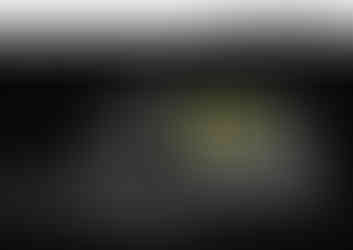





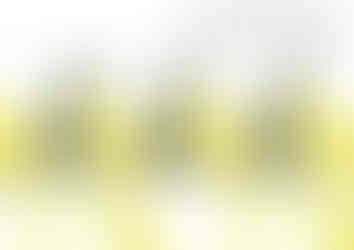












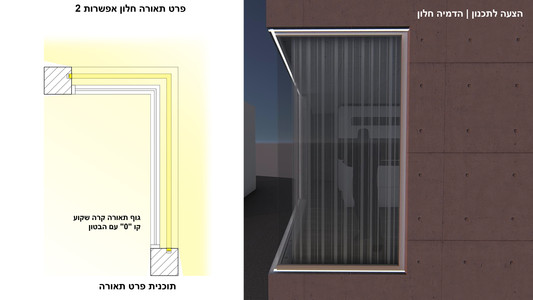













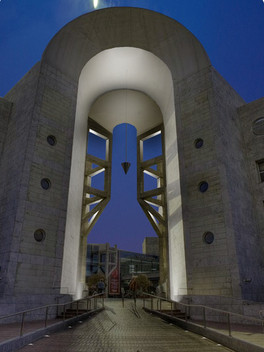


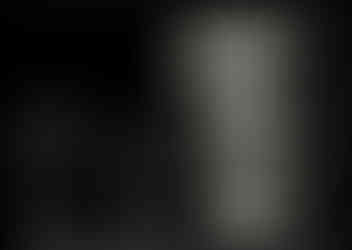












Comments